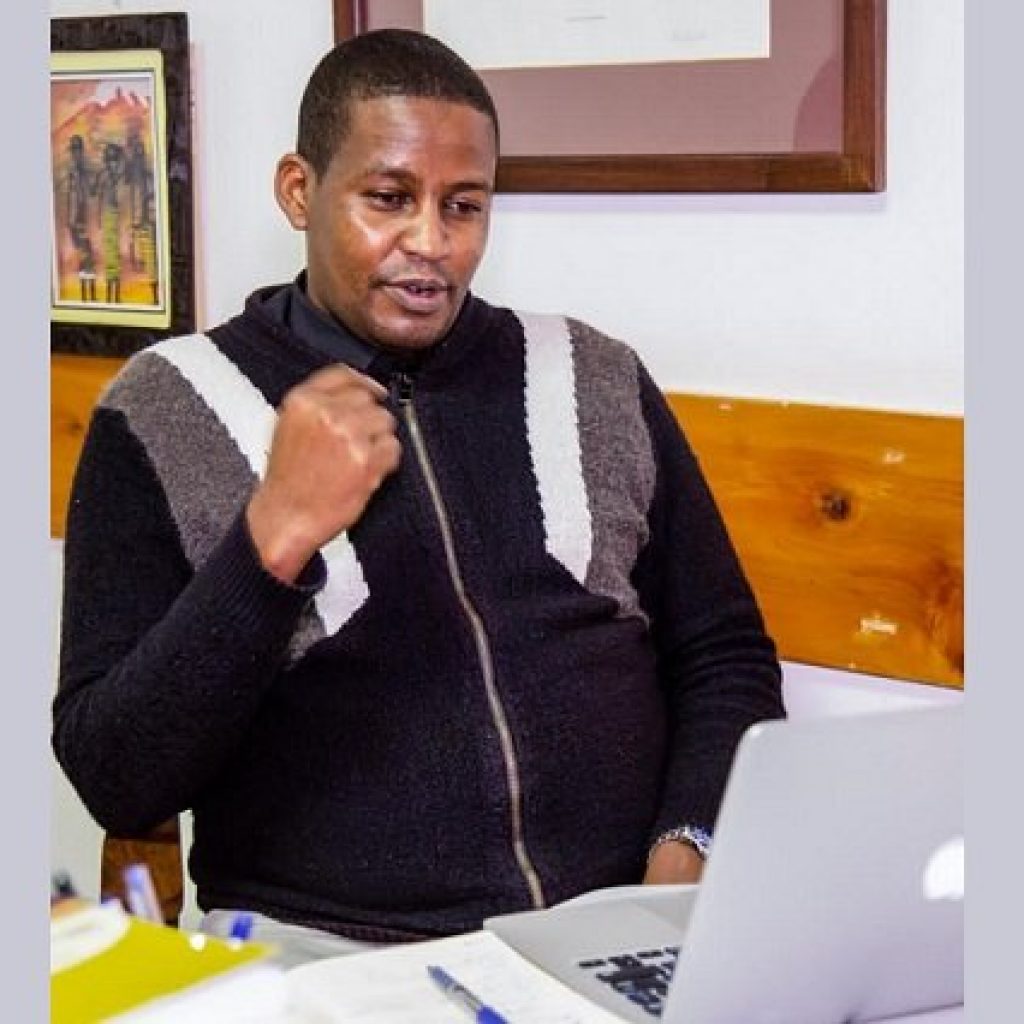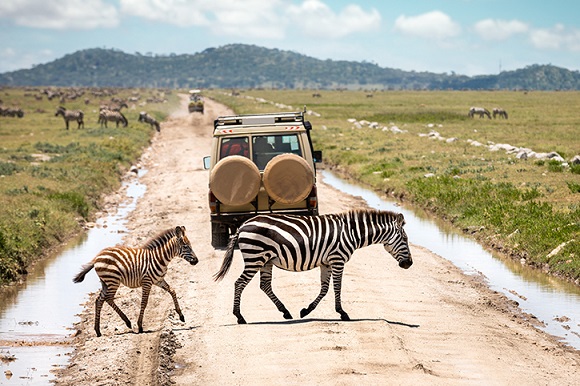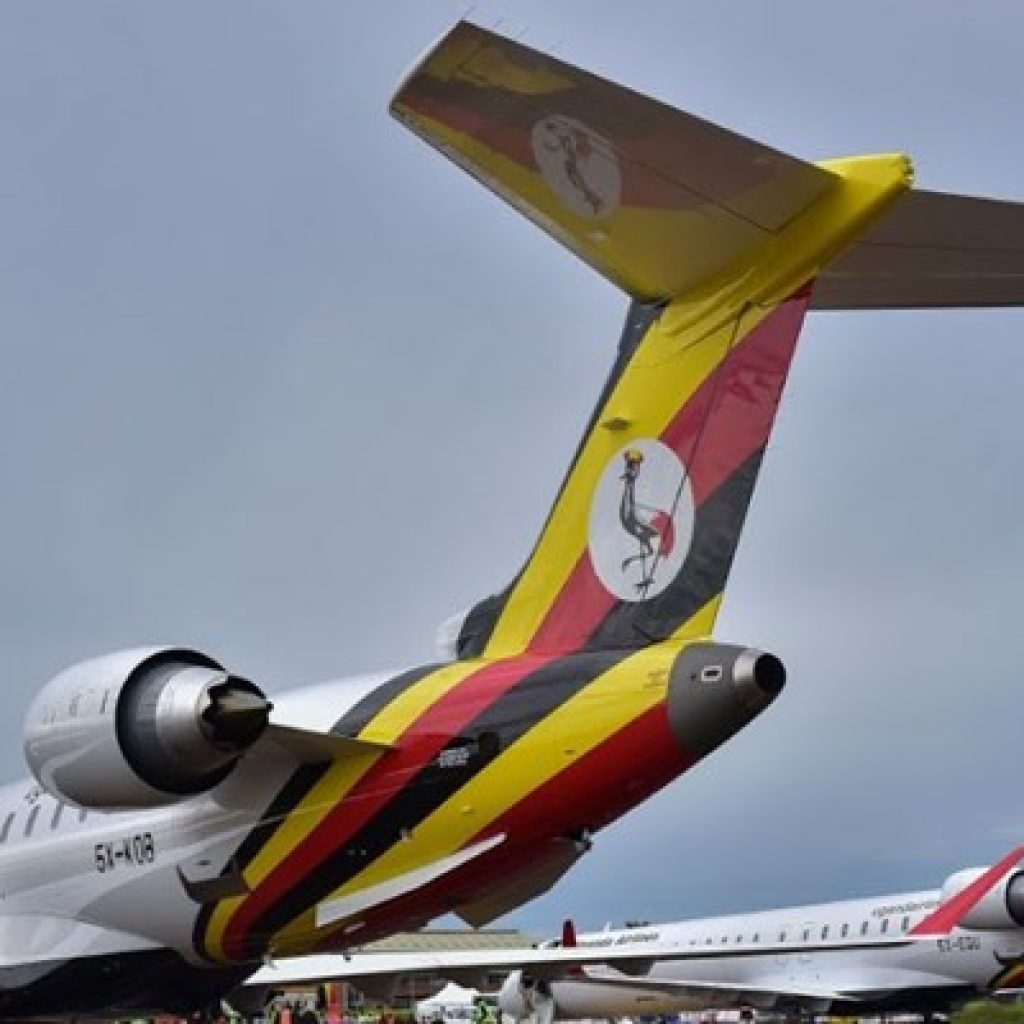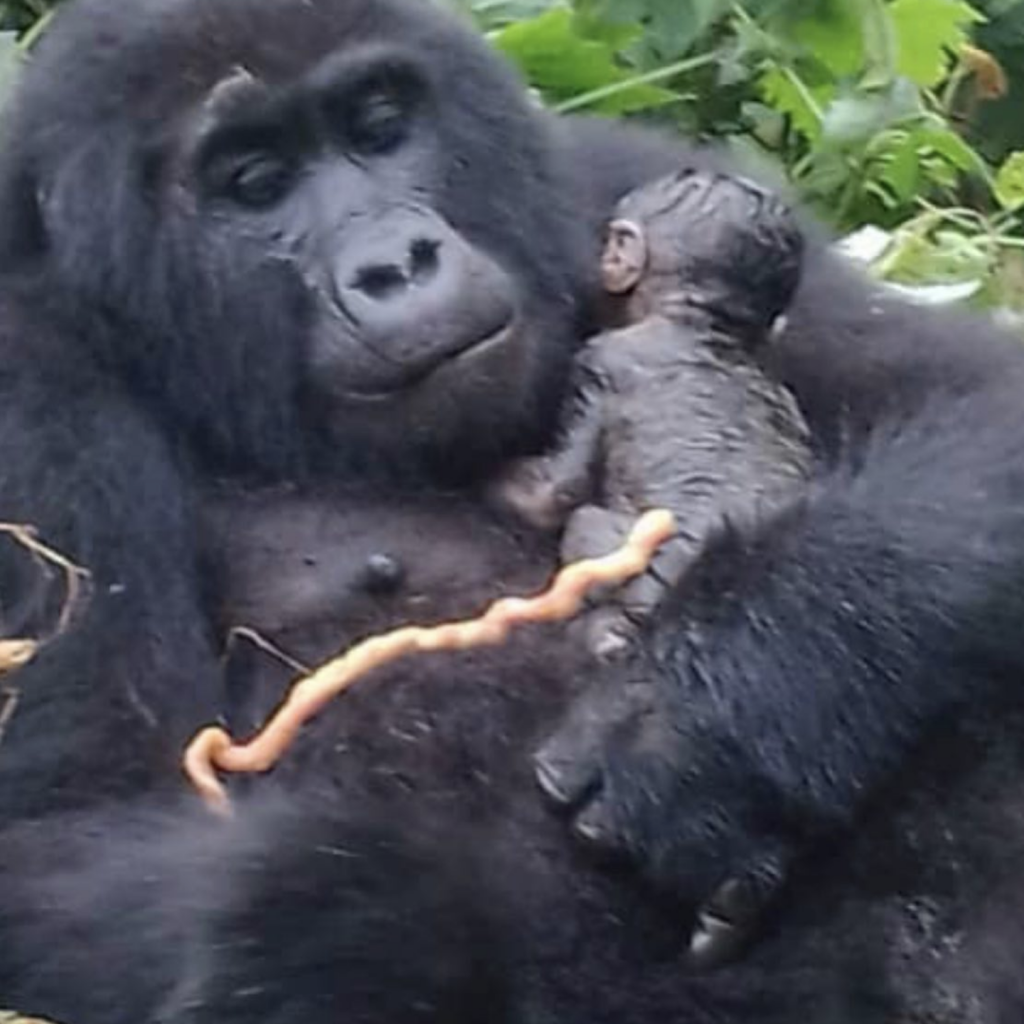
The Tanzania Association of Tour Operators (TATO) observed World Tourism Day by calling on players in the entire tourism value chain to be proactive in its painstaking efforts to see that nobody is left behind as the industry begins to rebound.
- TATO has been working around the clock to devise urgent measures to help revive tourism subdued by the coronavirus crisis.
- The Association has brought key global travel agents into Tanzania to explore and experience the country’s beauty.
- Its latest initiatives are to promote the nation as a safe destination amidst the COVID-19 pandemic.
“As the world begins to open up again, and the tourism prospects look bright, I wish to urge all stakeholders to position themselves to tap into the industry,” said TATO CEO, Mr. Sirili Akko, in a Tanzania’s Private Star Television’s morning talk show as part of the world’s tourism day fête.
Echoing the theme for 2021, Tourism for Inclusive Growth, Mr. Akko said TATO has been working around the clock to devise urgent measures to help revive tourism subdued by the coronavirus crisis in order to benefit all.

“We, as private sector drivers in close collaboration with UNDP and the government, have decided to develop tourism recovery measures. These include restoring traveler confidence by vaccinating all of our frontline workers, rolling out the COVID sample collection centers right on the national parks, deploying the state-of-the-art ambulances, and rethinking the marketing strategies in the height of the COVID-19 crisis,” he explained.
Indeed, TATO has brought key global travel agents into Tanzania to explore and experience the country’s beauty in its latest initiatives to promote the nation as a safe destination amidst the COVID-19 pandemic, which has hit key tourism source markets.
For TATO, an idea that makes more marketing and economic sense is to bring the travel agents to get a glimpse of the country’s bestowed natural attractions than for the tour operators to follow them overseas with still and moving pictures.
The maiden group of US travel agents, who are winding up their journey exploring the country, has been in Arusha, the designated safari capital city; Lake Manyara national park; Ngorongoro crater, dubbed the Africa’s Eden Garden; Serengeti national park to see the world’s remaining wildebeest migration; and at Mount Kilimanjaro, touted as the roof of Africa.
This comes at a time when the tourism industry faces unique challenges, compelling the tour operators to attempt to diversify their marketing strategy to attract more visitors and boost tourism numbers to survive the onslaught of cutthroat competition from other destinations with similar attractions in the advent of the COVID-19 pandemic.
Tourism industry analysts say that the endeavor suggests a historic shift in marketing strategy, as traditionally the tour operators’ approach has been skewed towards traveling abroad to promote the country’s endowed tourist attractions to a greater degree.
The pandemic has threatened the entire tourism value chain, created a context where the traditional means of communication and collaboration may be shifting more towards the digital than the physical ways and means, and has highlighted potential shortcomings in terms of business.
Furthermore, Tanzania tourism needs to navigate the opportunities and obstacles presented by a variety of social, environmental, and political considerations.
TATO, a member-driven trade association that promotes better tourism, is also playing a role of connecting businesses and individuals within the trade to facilitate knowledge sharing, best practice, trading, and networking across the industry.
George Tarimo, a chairman for small-scale hand craftsmen at Maasai Market in Arusha, said the COVID-19 pandemic has offered a lesson on the need to have sustainable Tanzania tourism value chain integration.






About The Author: David DiGregorio
More posts by David DiGregorio